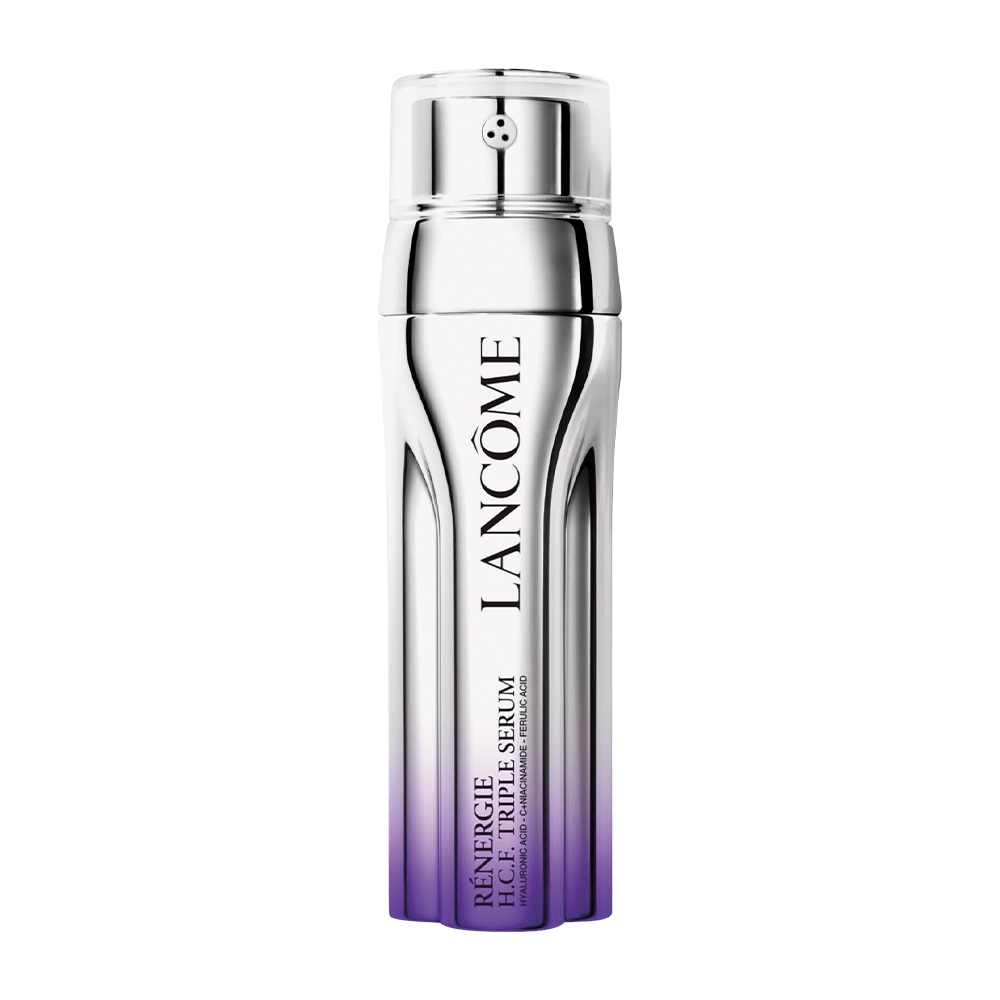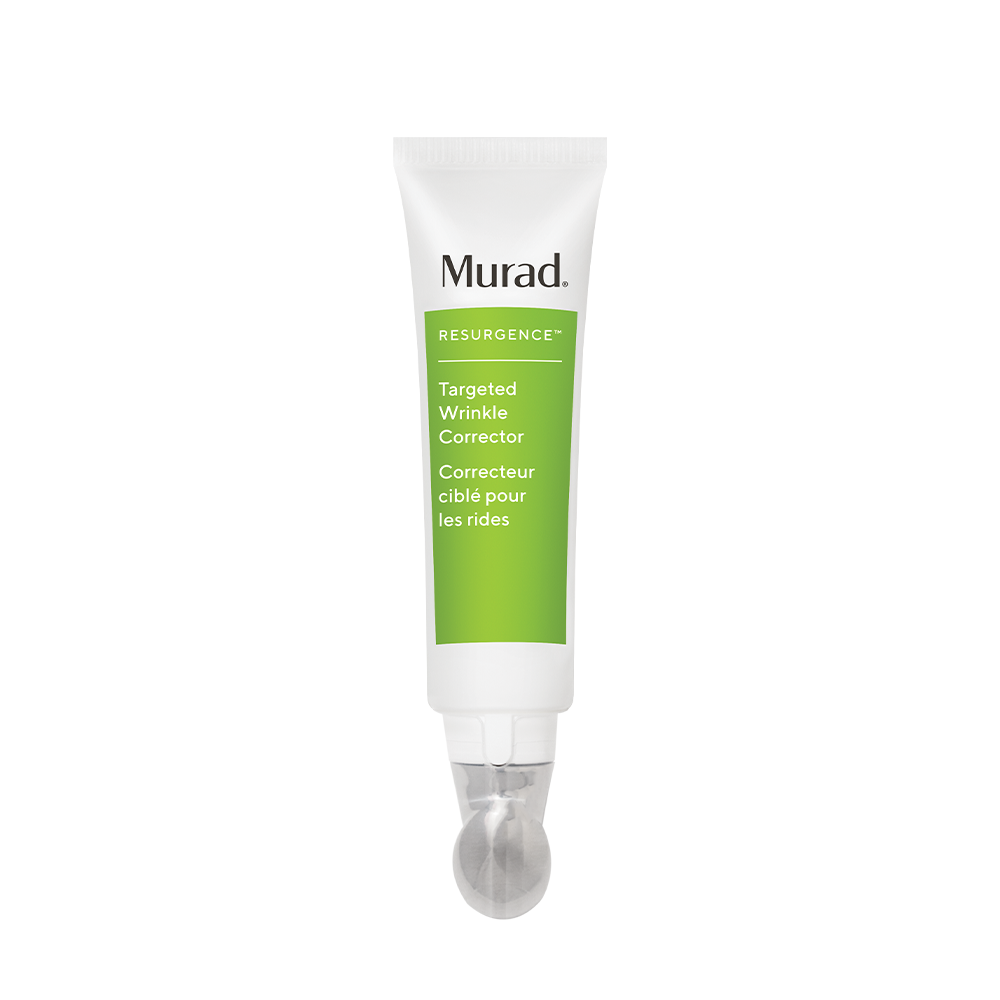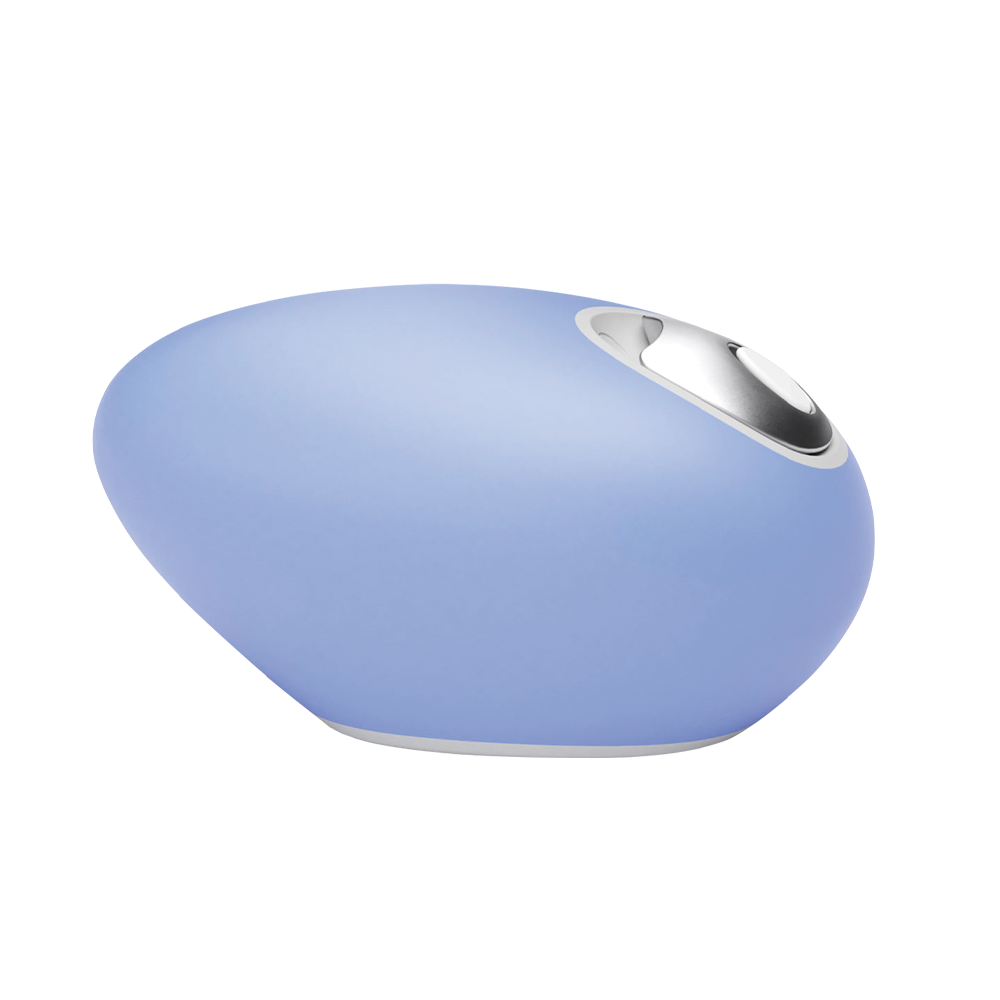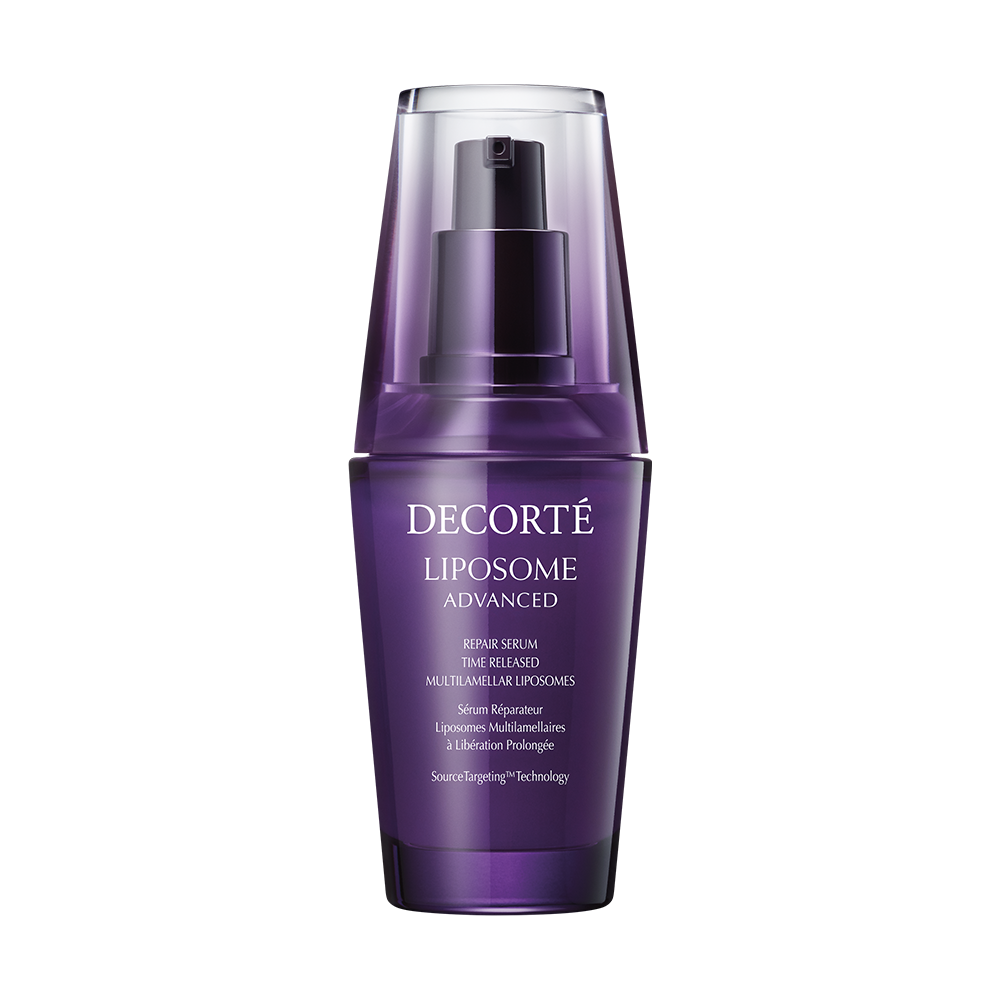Various factors influence how well our skin and scalp can absorb ingredients. Checking the label for which actives are present is important, but the delivery system, or the way they get deep down into the dermis, should also be considered. Here, skin-care experts explain how delivery systems work and what they can do.
What They Do
According to Davie, FL dermatologist Marianna Blyumin-Karasik, MD, it all starts with the stratum corneum, or the outer envelope of our skin. Its main purpose, she says, is to provide a balance of water, pH and microbes. “When this equilibrium is disturbed, we experience signs of diminishing health and beauty of the skin, including dullness, dryness, uneven complexion, prominent roughness, and wrinkling,” she explains. “In order to protect, reinforce and repair this balance, there are a variety of ingredients that can help.” However, the outer layer of the skin presents a physical challenge, narrowing the type of ingredients that can penetrate it. “Larger molecules with water-based compositions have a more difficult time getting in,” she says. Hence, the variety of delivery tricks used in our favorite formulations that help those molecules get where they need to go.“
In layman’s terms, delivery systems give the product the ability to reach its target in a stabilized form and effect whatever function it is looking to deliver,” adds Fort Lauderdale, FL dermatologist Dr. Matthew Elias. “Essentially, it’s how the magic of skin care happens. You could put a topical product like retin-A or vitamin C on the skin, but without an effective delivery system, it wouldn’t be able to stay stable and active, penetrate through to reach its target and ultimately cause beneficial changes.”
Molecule Penetration
“The smaller the molecule, the easier it is to penetrate skin and achieve the desired effect,” says cosmetic chemist Ginger King. “Usually, nanosize materials have this ability. There is also a fine line between drugs and cosmetics as to whether they penetrate too deep.”
It’s like placing the ingredients inside little delivery bags.
Infusing submicrons, or rapidly moving droplets, the Droplette Micro-Infuser uses a misting approach to deliver anti-aging benefits. “The general rule of thumb is that molecules over 500 daltons—the unit of molecular weight—cannot enter skin because the stratum corneum acts as a barrier,” says brand cofounder Dr. Madhavi Gavini. “Our technology transforms serums into submicrons that can bypass the skin barrier 20 times deeper than a topical with the help of a piezo—short for piezoelectric transducer—and a pump.”
Time Release
“By coating or dissolving ingredients in certain carriers, they can be slowly delivered into skin over time,” notes cosmetic chemist Stephen Alain Ko. “Microspheres used in tretinoin prescriptions are one example of this: The tretinoin slowly diffuses out of the microscopic microspheres, delivering it more slowly to the skin.”
“When actives are encapsulated in either a single liposome, or multi-lamellar liposome, they can release upon melting of the liposome layers, which releases the effects over time,” adds King.
Smart Encapsulation
If you see “smart encapsulation” on a product label, Ko says it can be a bit misleading. Ultimately, this denotes that the ingredients are formulated to target a concern or specific place in the skin: “This is a bit of a misnomer because ingredients don’t have brains. Smart encapsulation refers to the idea that the delivery system is targeted to either a specific layer in the skin or a specific structure in the skin.”
“It’s like placing the ingredients inside little delivery bags,” adds Dr. Blyumin-Karasik. “The encapsulation of an important skin-care ingredient such as a retinoate combined with a friendly molecule, like lactic acid, leads to its gradual release and synergy of skin cell renewal and hydration. This is how retinoids—the gold-standard anti-ager and vitamin A derivative that previously posed problems of irritation and sun sensitivity—no longer offended the skin, but compliments it.”
Microneedle Technology
Microneedling works by puncturing the skin with tiny, fine needles, which can enhance the penetration of certain ingredients and oftentimes increase collagen production. “There are ‘microneedling’ pads and products on the market, usually made of dehydrated hyaluronic acid and other hydrogels, which are designed to help deliver ingredients more deeply into the upper layers of skin. The effectiveness is really dependent on each product,” Ko explains.
Carrier Oils
One commonly used mode of delivery is carrier oils, however Ko says that while they may be easy to use, they don’t actually assist with absorption. “Fragrances and essential oils, for example, need carrier oils for their use. While they may help dissolve and dilute certain ingredients, they may not necessarily increase effectiveness or skin penetration.”
Sophisticated delivery systems help these skin-care must-haves do their jobs better and faster:
Find a Doctor
Find a NewBeauty “Top Beauty Doctor” Near you




